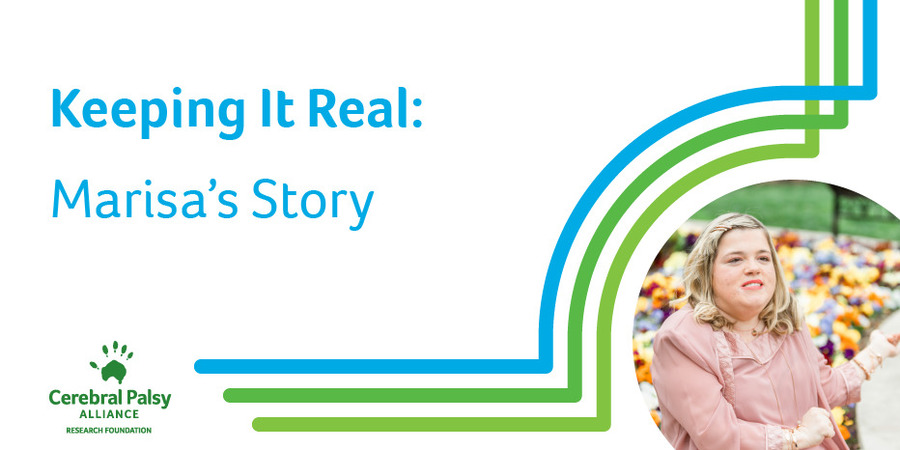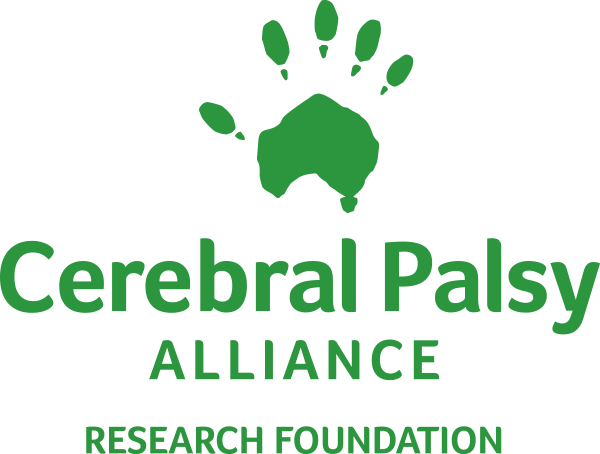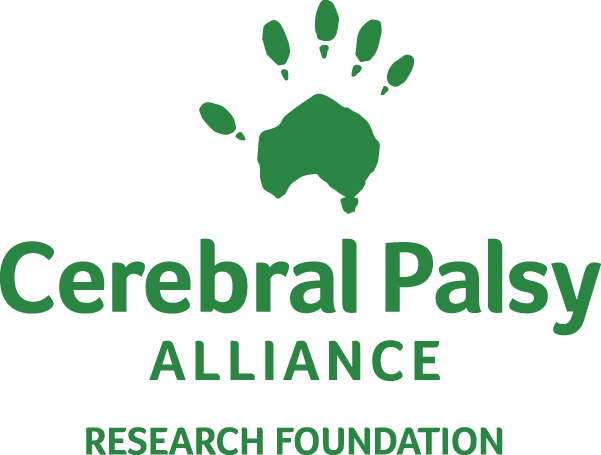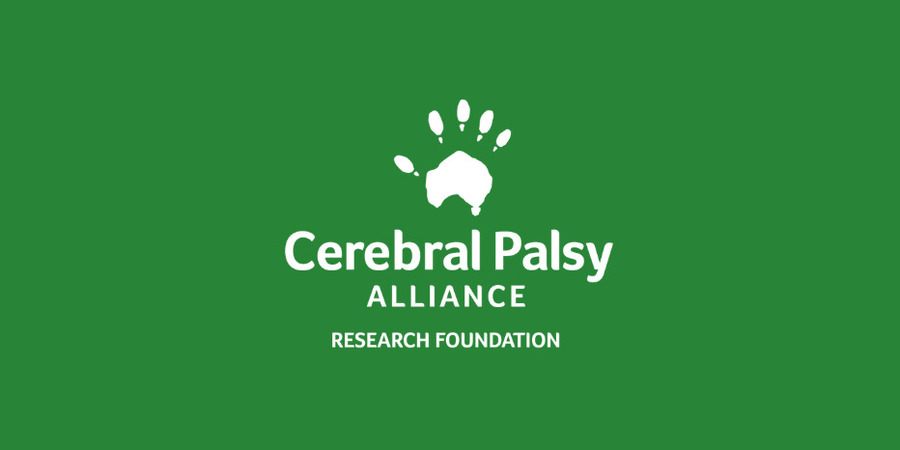
KEEPING IT REAL: Marisa’s Story*
PART ONE
By Marisa Conners
In this mult-part series, Marisa Conners shares her story with cerebral palsy and how she launched an inclusive women's fashion brand.
Describe what it was like to grow up with cerebral palsy.
I am 26. I was born and raised in Cincinnati, Ohio. I was born 6 weeks early and I weighed 5 lbs., 5 oz. My mom underwent an emergency c-section after admitting to the hospital two days before my birth. Shortly after my birth, I suffered a traumatic stroke at the result of my diagnosis of cerebral palsy. This serious illness forced me to stay in the NICU for 17 days. It was a tough but beautiful experience.
My parents were so lucky to be able to have a beautiful daughter. They called me a miracle baby. I was officially diagnosed with spastic quadriplegia cerebral palsy at the age of 2.5 years. Spastic quadriplegia is the most severe form of spastic cerebral palsy that affects all the limbs in the body. Doctors said I don’t meet milestones like crawling and feeding myself. Most importantly, I couldn’t even sit up.
Although I have the diagnosis of spastic quadriplegia cerebral palsy, I started controlling my mind and body movements. I didn’t hold my head up until I was around 3 years old. My CP prognosis went very well but it’s really not severe. Luckily, CP doesn’t affect any cognitive or visual functions in my brain. My CP leaves me nonverbal. I felt somewhat frustrated with being nonverbal. However, I rely on an iPad and an alphabetical chart to talk to people. That’s what I found a unique voice to talk to people. I am also hard of hearing. As I have grown up as a normal young woman, I can walk with assistance and stand independently. I can also transfer to any chair that I feel comfortable.
I wear AFO leg braces that allow me to coordinate my legs, bear weight, and stand on my own. I use a wheelchair for long-distance.
I began developing my skills and interests around the age of three years. I learned to use technology at age 3 as my dad taught me how to use technology. I would use a computer every single day. This rendered me a tech genius. I learned to read at age 3 and spell at age 5. I am a highly skilled visual learner-thinker and I have an exceptional photographic memory.
My schooling began at age 3. I was enrolled in a unique preschool education program for physically impaired kids. At first, I used a picture chart to communicate my needs, answers, and understanding of what I was learning. With three months, I was given a computerized speaking device. My instructors had discovered I was a self-taught reader because they witnessed me programming a computer for the next day's school work. Officials at the school told my parents and I that having a photographic memory and an abundance of determination is what sets me apart from other individuals with cerebral palsy. They had never seen a three year old read.
I honestly feel like other kids with CP would be able to have a sharp mind and develop literacy skills such as reading, spelling, and writing, even if their mind is not affected by their disability. These kids with cerebral palsy can learn to complete their studies through their own accommodations as I did. Perhaps they look quite different in their own ways.
When I started kindergarten, I was given my own speaking device, an aide, and I was included in all general education classes. Using a speaking device, a computer, and an alphabetical chart helped me to complete my academic studies.
You can follow Marisa on Instagram @marisaconners.fashionista, and check out her Inclusive Womenswear Brand, @marisaconners.mc and Graphic Design account @marisaconnersgraphics
*Marisa's story is part of KEEPING IT REAL — a series of personal stories that will take you deeper into the lives of people with CP. Each person makes different choices based on what works for them, and we’ll showcase that — highlighting what life is like for them on a daily basis, what they care about, and the ways CP impacts them.
The KEEPING IT REAL blog is intended solely to raise awareness about the varied human experience with cerebral palsy and shouldn't be read or construed to contain any medical advice or medical endorsement by Cerebral Palsy Alliance Research Foundation. Only you and your doctor know what's best for you. Please consult your doctor for medical advice.
Mon 06 Jan 2025
As the global population ages, the need for assistive technology continues to grow—especially among women, who make up the majority of the aging population, and people with disabilities.
Fri 06 Dec 2024
CPARF-funded study suggests that 8% of all people with cerebral palsy could benefit from genetic testing, opening future pathways for improved care and quality of life.



